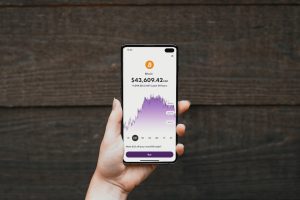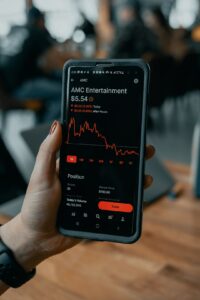The forex market is a 24-hour market, meaning it is open for trading around the clock from Monday to Friday. However, even though the market never sleeps, it does have specific closing times. Understanding these closing times is crucial for forex traders as it helps them plan their trading strategies, manage their positions, and avoid unnecessary risks.
The first thing to understand is that the forex market is divided into different trading sessions. These sessions are based on the time zones of major financial centers around the world. The four main sessions are the Sydney session, the Tokyo session, the London session, and the New York session. Each session has its own opening and closing times.
The Sydney session starts at 10:00 PM GMT and closes at 7:00 AM GMT. It is the first session of the trading week and is considered relatively quiet compared to the other sessions. The Tokyo session follows the Sydney session and opens at 12:00 AM GMT, closing at 9:00 AM GMT. This session is known for its volatility, as it overlaps with the European session.
The London session is considered the most active session, with the majority of forex transactions taking place during this time. It opens at 8:00 AM GMT and closes at 5:00 PM GMT. The New York session follows the London session, opening at 1:00 PM GMT and closing at 10:00 PM GMT. This session also sees high trading volumes, especially during the overlap with the London session.
Now that we understand the different trading sessions and their opening and closing times, let’s delve into why these closing times are important.
Firstly, the closing times of the trading sessions mark the end of the trading day for that particular session. This is significant because it allows traders to assess their positions, review their trading strategies, and make any necessary adjustments. By analyzing the market at the end of the day, traders can identify any potential trends, evaluate their risk exposure, and plan their trades for the next day.
Moreover, the closing times of the trading sessions also impact the liquidity of the market. Liquidity refers to the ease with which a trader can buy or sell an asset without causing significant price movements. During the overlap of two trading sessions, liquidity tends to be higher as traders from both sessions are actively participating in the market. For example, during the overlap of the London and New York sessions, there is a surge in trading volume, resulting in increased liquidity. This is an important consideration for traders as it affects the execution of their trades and the spreads they may encounter.
Additionally, understanding the closing times of the forex market is crucial for traders who employ end-of-day trading strategies. End-of-day trading refers to the practice of entering and exiting trades based on the closing prices of the trading sessions. Traders who use this strategy look for daily candlestick patterns and use them as signals for their trades. By closing out their positions at the end of the day, these traders aim to avoid overnight market risks and take advantage of potential price gaps that may occur when the market reopens.
In conclusion, understanding the closing times of the forex market is essential for forex traders. It allows them to assess their positions, review their trading strategies, and make necessary adjustments. The closing times also impact the liquidity of the market and are important for traders who employ end-of-day trading strategies. By having a thorough understanding of the market closing times, traders can effectively manage their positions and avoid unnecessary risks.






